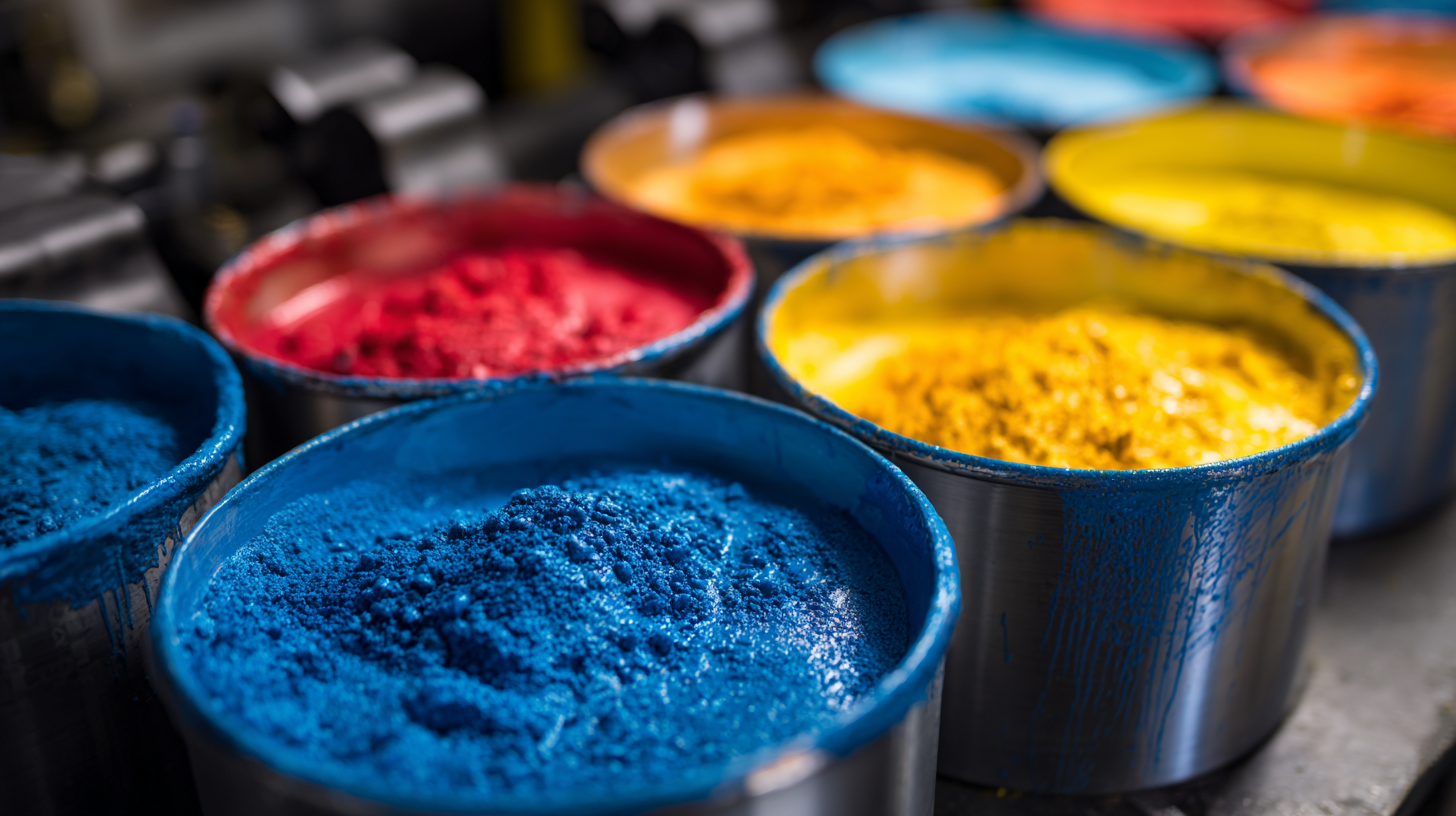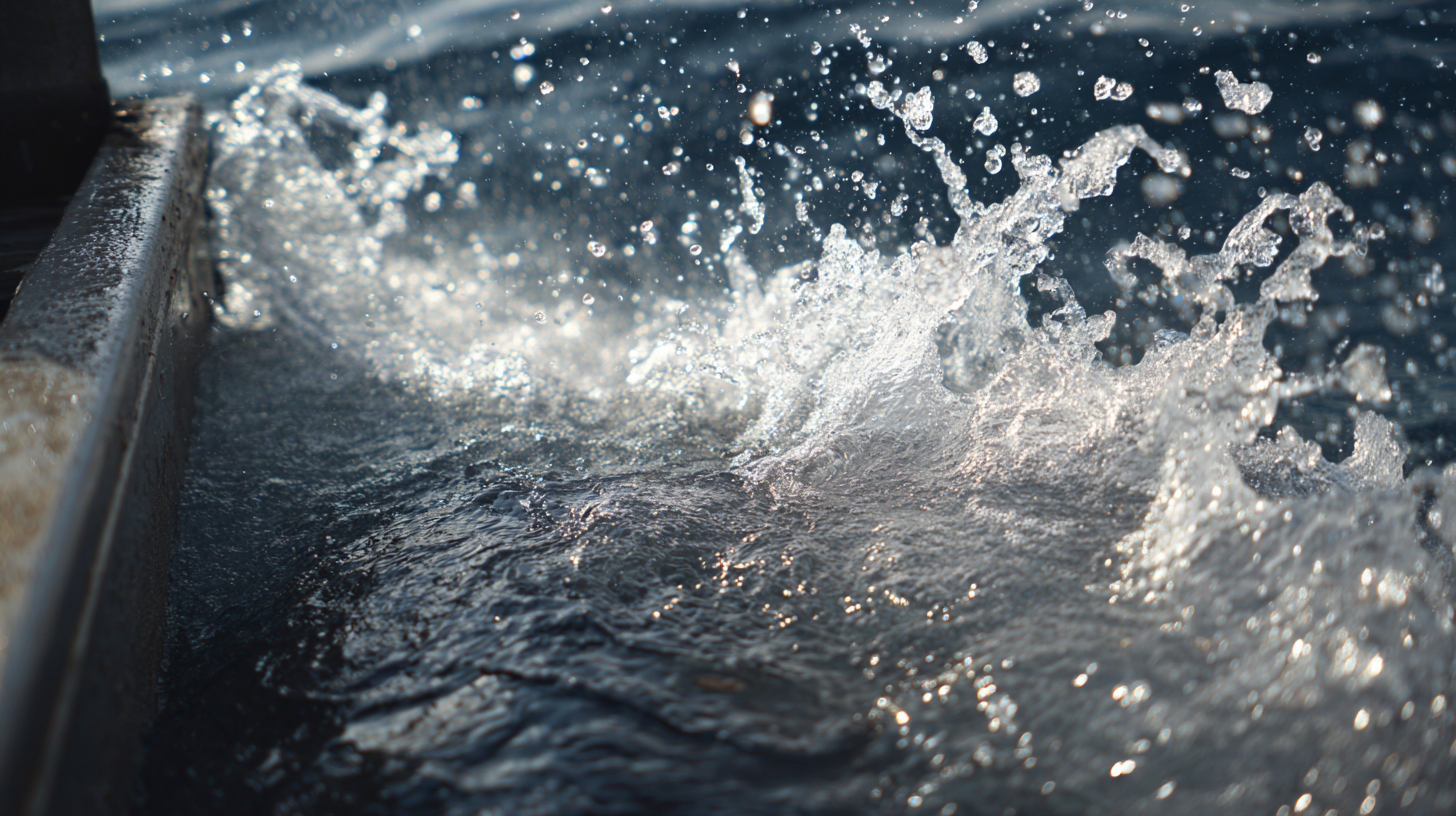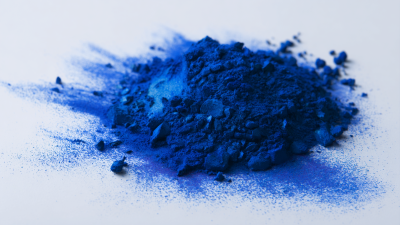In recent years, the powder coating dip method has emerged as a frontrunner in the finishing technology landscape, offering a blend of efficiency, durability, and versatility that appeals to various industries. According to a report by Grand View Research, the global powder coating market is expected to reach USD 18.79 billion by 2025, driven by increasing demand in automotive and consumer goods sectors. The powder coating dip process, known for its ability to deliver uniform coverage and superior corrosion resistance, is increasingly being adopted as manufacturers seek to enhance product longevity and aesthetics. With innovations in formulation and application techniques, industry players are poised to unlock new opportunities for cost reduction and environmental sustainability. As we delve into the insights and trends shaping the powder coating dip industry in 2024, understanding these dynamics becomes essential for stakeholders aiming to remain competitive in an evolving marketplace.

Powder coating dip is rapidly becoming a preferred choice in modern manufacturing due to its numerous advantages over traditional coating methods. One of the primary benefits is its ability to provide a uniform and durable finish that is less prone to chipping, scratching, and chemicals. Unlike liquid paints that can drip or run, powder coating dip achieves a smooth application that enhances the aesthetic appeal of products while ensuring long-lasting protection. This makes it especially valuable in industries where appearance and durability are paramount, such as automotive and consumer goods.
Another significant advantage is the environmental impact of powder coating dip. This method produces minimal volatile organic compounds (VOCs), aligning with the growing demand for sustainable manufacturing practices. As manufacturers seek to meet stricter regulations and consumer preferences for eco-friendly options, powder coating dip offers a viable solution. Additionally, the recovery and reuse of excess powder in this process contribute to waste reduction, making it both an economically and environmentally intelligent choice. As we move into 2024, innovations in powder coating technologies are expected to further enhance these benefits, paving the way for broader adoption across various sectors.
As the powder coating industry continues to evolve, 2024 promises significant innovations that are set to enhance coating techniques and improve overall efficiency. One of the key trends is the integration of advanced automation systems. These systems leverage robotics and AI to optimize application processes, ensuring uniform coverage and reducing waste. The ability to accurately control parameters such as temperature and timing not only increases productivity but also lowers production costs, making powder coating a more viable option for manufacturers across various sectors.
In addition, sustainable practices are becoming increasingly central to technical advancements in powder coating. New formulations that use eco-friendly materials and lower curing temperatures are gaining traction, aligning with global efforts to reduce environmental impact. Innovations like these promise not only to meet regulatory standards but also to appeal to a growing base of environmentally conscious consumers. Coupled with these advancements, the development of smart monitoring technologies allows for real-time tracking and quality assurance throughout the coating process, enhancing the reliability and longevity of coated products.
The increasing emphasis on sustainable practices in manufacturing has made powder coating dip an attractive option for many industries. This eco-friendly method minimizes waste and harmful emissions, setting it apart from traditional liquid coatings. The use of powder, which contains no solvents, reduces volatile organic compounds (VOCs), contributing to a healthier environment. Moreover, excess powder can be recycled and reused, further reducing material waste and promoting resource efficiency.
In 2024, companies are increasingly adopting innovations in powder coating that enhance its sustainability profile. Advanced formulations now feature biodegradable components and enhanced performance capabilities, making them both environmentally responsible and high-performing. Additionally, as industries prioritize green certifications and compliance with stricter environmental regulations, the adoption of powder coating dip is expected to rise. This shift not only aligns with corporate sustainability goals but also addresses consumer demand for environmentally friendly products, proving that innovation and sustainability can go hand in hand in the realm of manufacturing.

When selecting the right powder coating solutions for your projects, it's essential to consider various factors that can significantly affect performance and aesthetics. According to a recent industry report by MarketsandMarkets, the global powder coating market is projected to reach USD 16.57 billion by 2024, highlighting the increasing demand for durable and eco-friendly finishes. This growth underscores the importance of choosing coatings that not only meet project requirements but also align with sustainability goals.
One of the primary considerations is the choice between thermosetting and thermoplastic powder coatings, each offering distinct advantages. Thermosetting powders, for example, provide excellent chemical resistance and hardness once cured, making them suitable for high-performance applications. On the other hand, thermoplastic powders allow for easier repair and rework options, appealing to industries where flexibility in design is crucial. Additionally, industry insights suggest that color retention and UV resistance are becoming increasingly important, with a reported 45% of contractors now prioritizing these factors due to client demand for long-lasting finishes that maintain their aesthetic appeal over time. By staying informed on these trends and selecting the appropriate coating, businesses can enhance their project outcomes and sustainability efforts.

As the powder coating industry heads into 2024, key trends are emerging that highlight innovation and growth. The global powder coating market, valued at over $15.2 billion in 2023, is projected to grow at a compound annual growth rate (CAGR) of over 6.2% from 2024 to 2032. This growth is largely driven by advancements in low-temperature curing technologies that enhance the application and durability of powder coatings, making them increasingly appealing to manufacturers seeking efficiency and quality.
Additionally, the demand for eco-friendly coatings is expected to reshape the market. With global regulatory bodies pushing for sustainable practices, the adoption of green powder coatings is on the rise. This trend coincides with the burgeoning market for coating resins, including acrylics and polyurethanes, which are pivotal for various applications across industries. As these transformative trends unfold, stakeholders in the powder coating sector must adapt and innovate to stay competitive in a rapidly evolving landscape.






